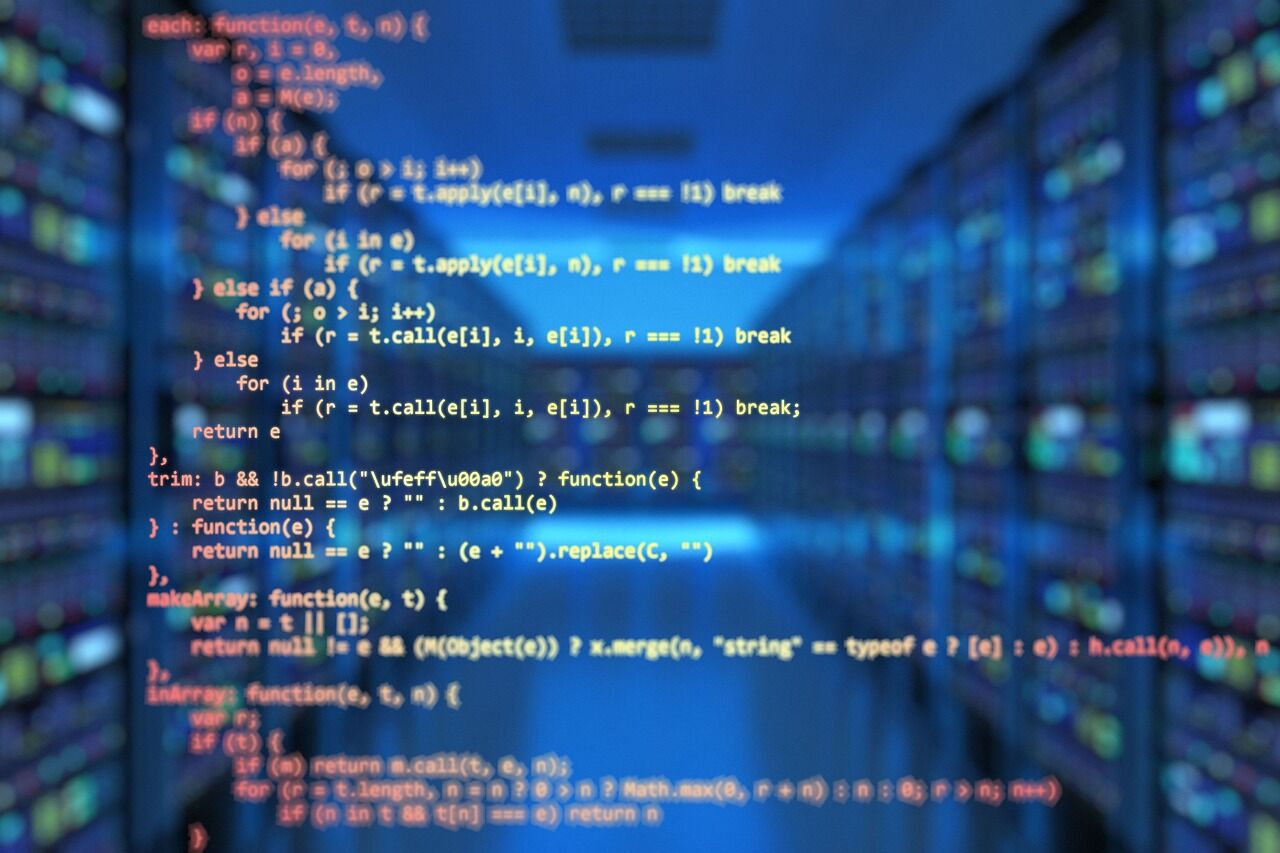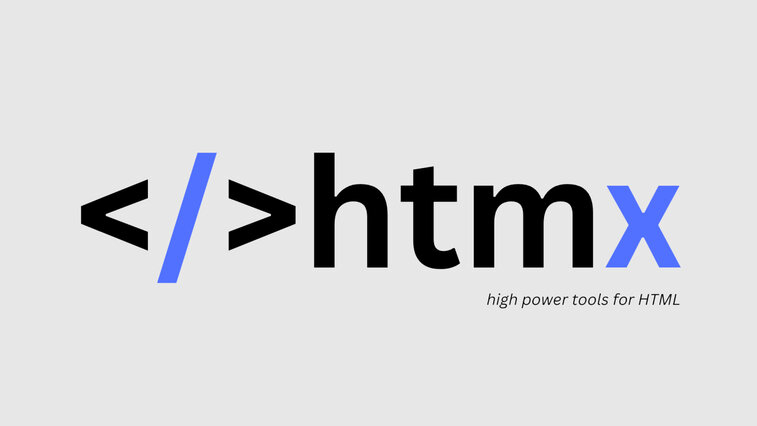When a software team decides to implement automated testing, they usually start by selecting a testing tool or framework. The choice of programming language in which the tests will be written is often overlooked or not considered at all. In reality, its selection should precede or be directly part of the criteria for choosing a testing framework.
Which programming language is the best for writing automated tests? There is no definitive answer. Everything depends on the project itself and the developers. The technologies used can significantly influence the success of implementing automated testing on a project. The choice of programming language can be assessed from two perspectives – personal and project-related.
Personal perspective
Your knowledge and experience with programming languages is, of course, very important. It's easier, and often more practical, to choose a language you are proficient in. This will certainly help to kick-start testing and reduce the need to learn new technologies. At the same time, you can also observe which languages are popular in the field and what the current trends are. Knowledge of popular and widely supported languages can also open doors to other tools and increase your value in the job market.
Project perspective
Another decisive factor is the technology used in the project you are testing. Choosing a language that matches the project's technology stack has several advantages:
- Integration: Tests written in the same language as the application integrate better and often complicate the overall architecture less, as no additional layer is added.
- Comprehensibility: If the entire team uses the same language, it's likely that the tests will be understandable to all involved.
- Collaboration: It allows for easier collaboration with other team members. Anyone can then help with setting up the testing environment, debugging tests, or solving problems.
Which language to choose then
The choice of language should be considered from both of these perspectives. It's necessary to ensure that tests and their execution are a natural part of the entire development cycle. Anyone should be able to easily run the tests and evaluate their results. Developers should be able to not only run tests but also write them and potentially change configuration settings or execution.






